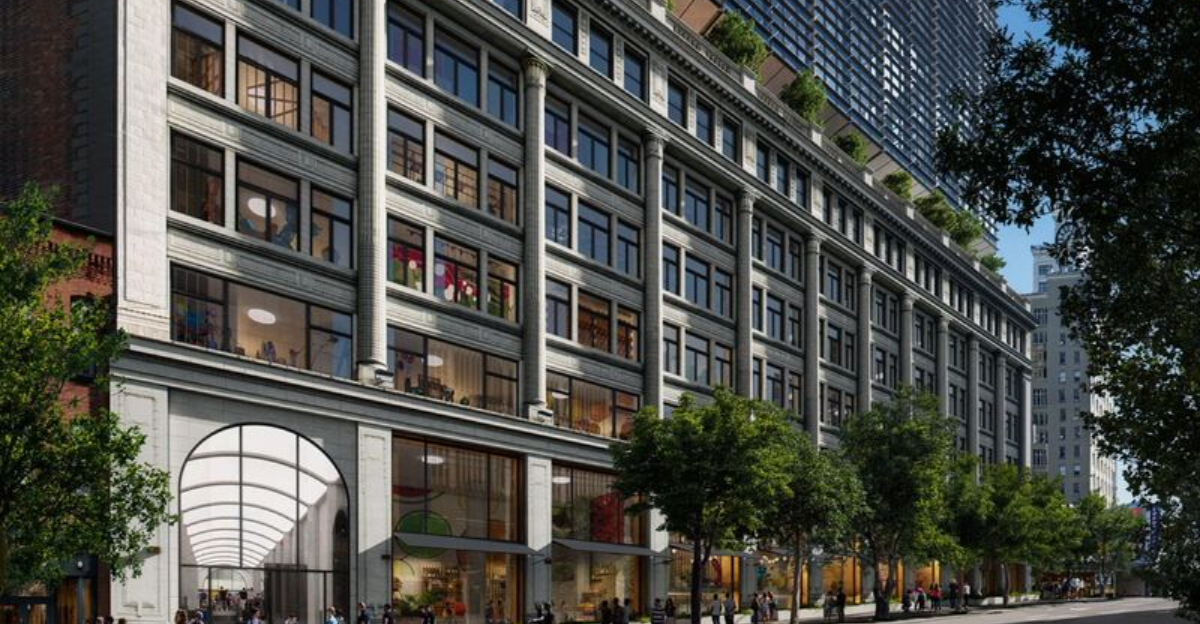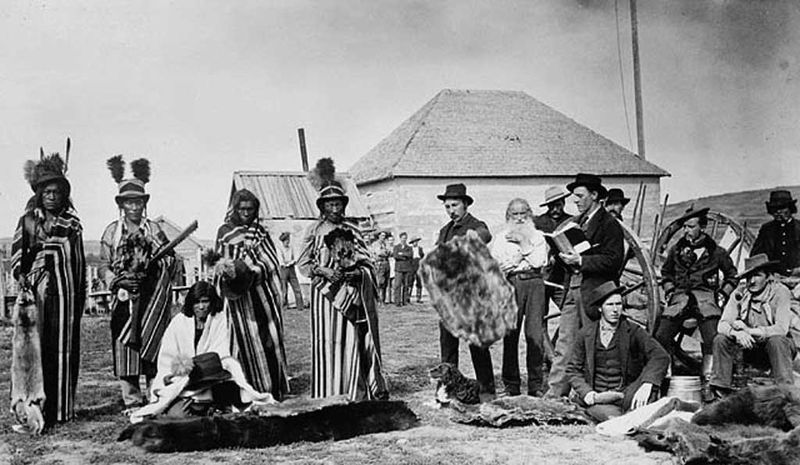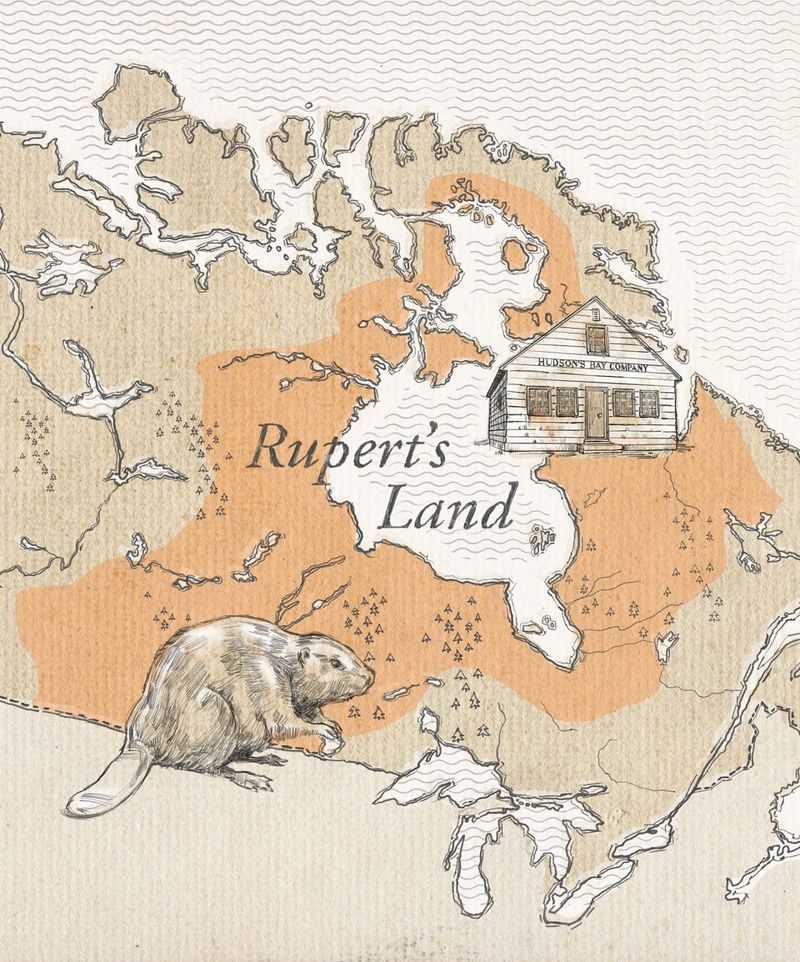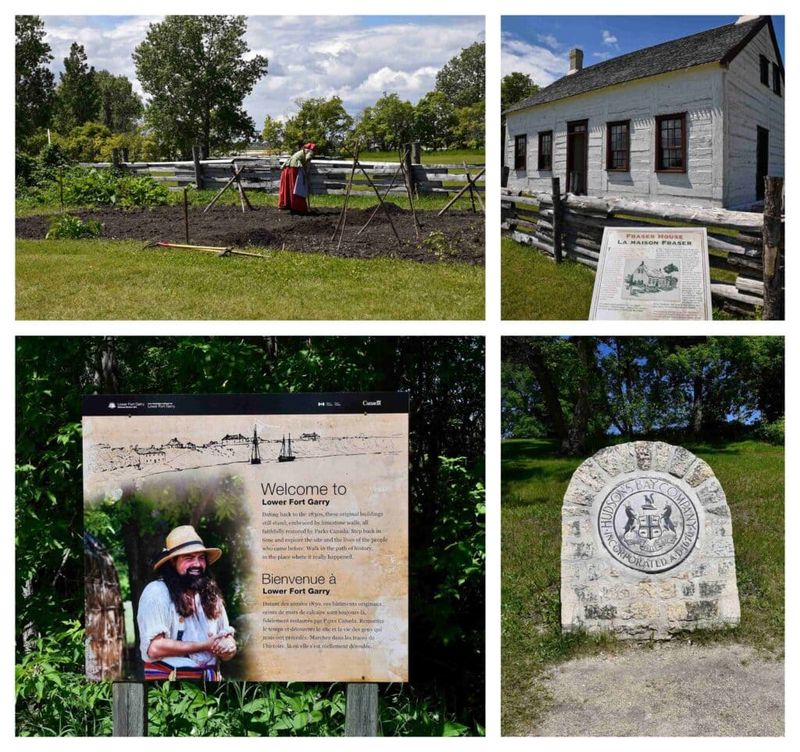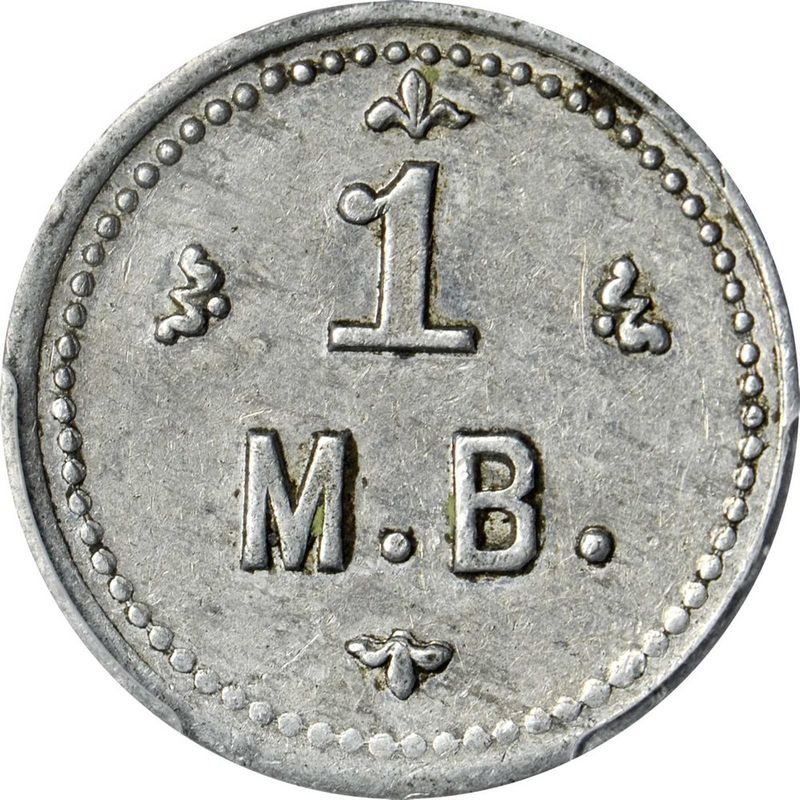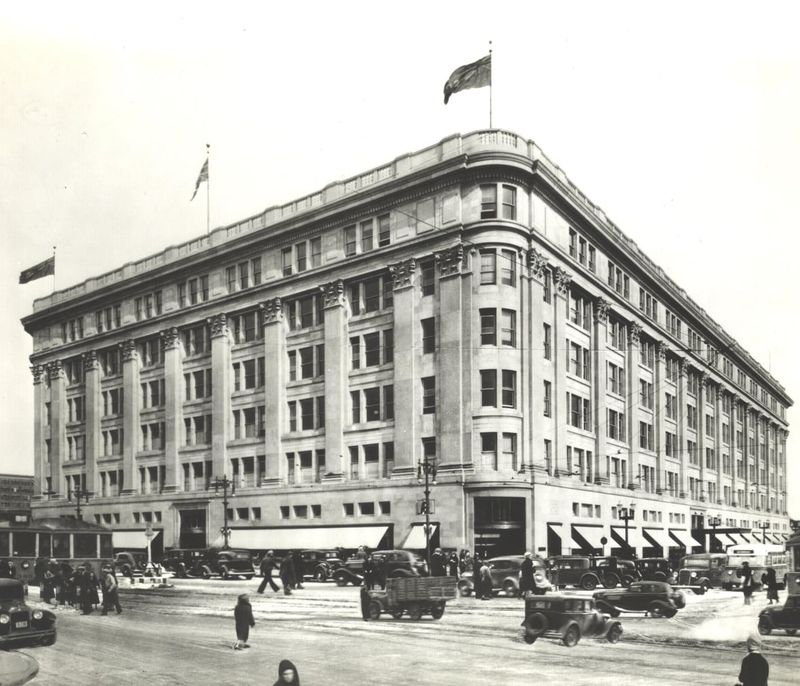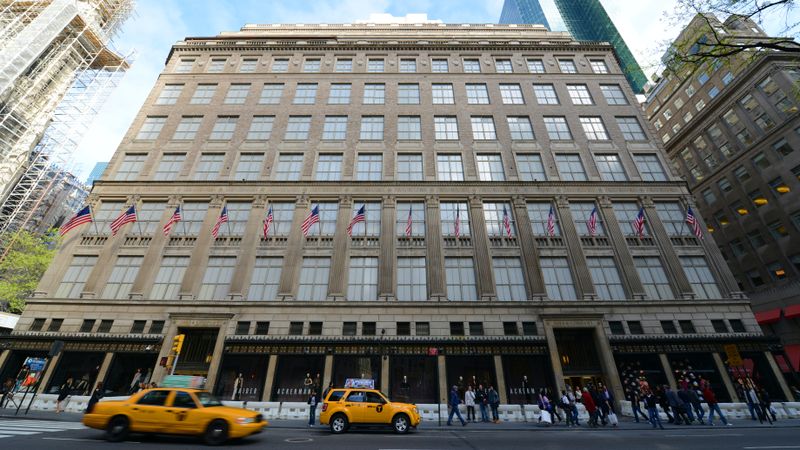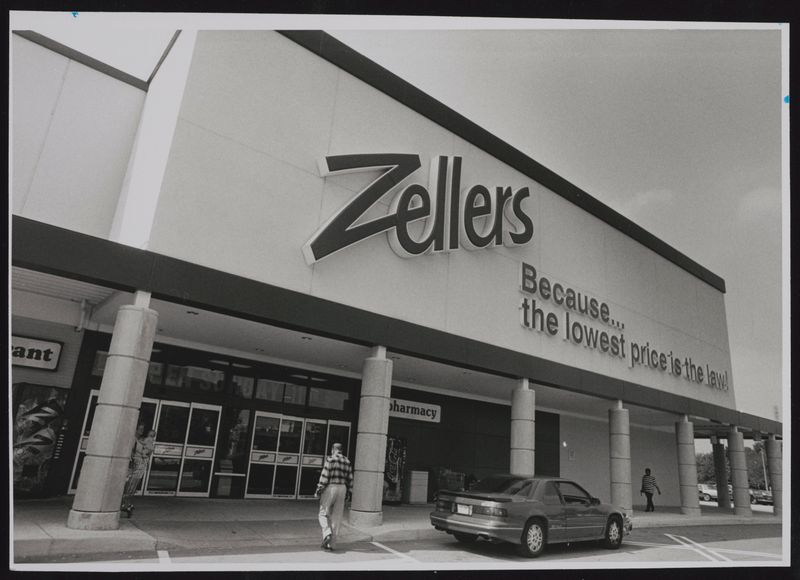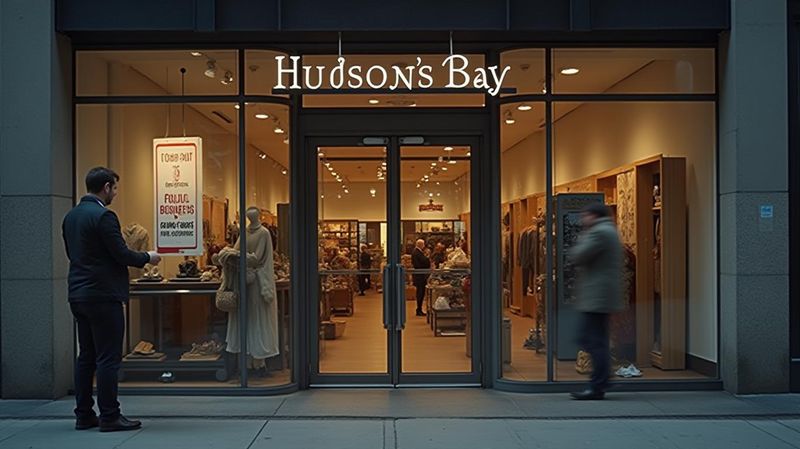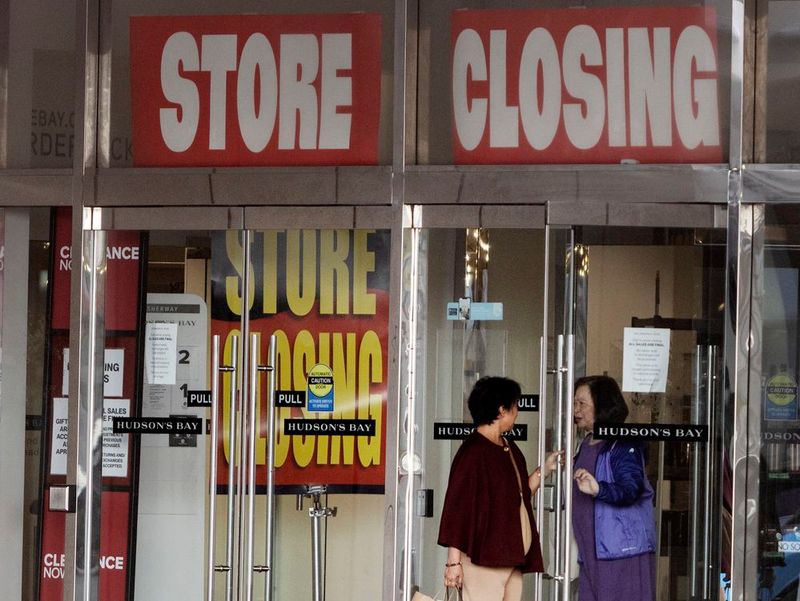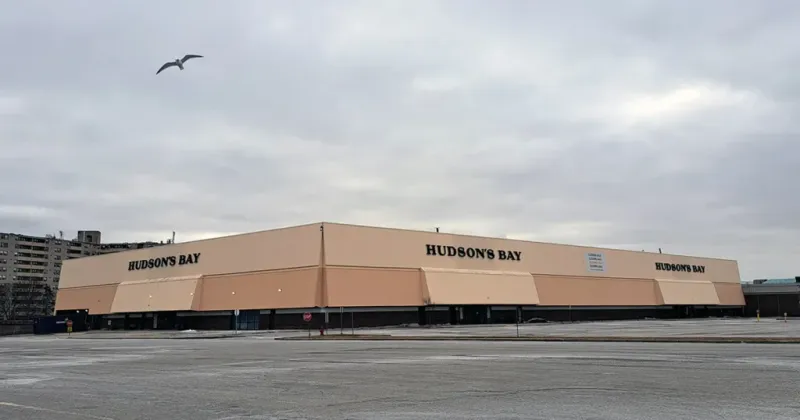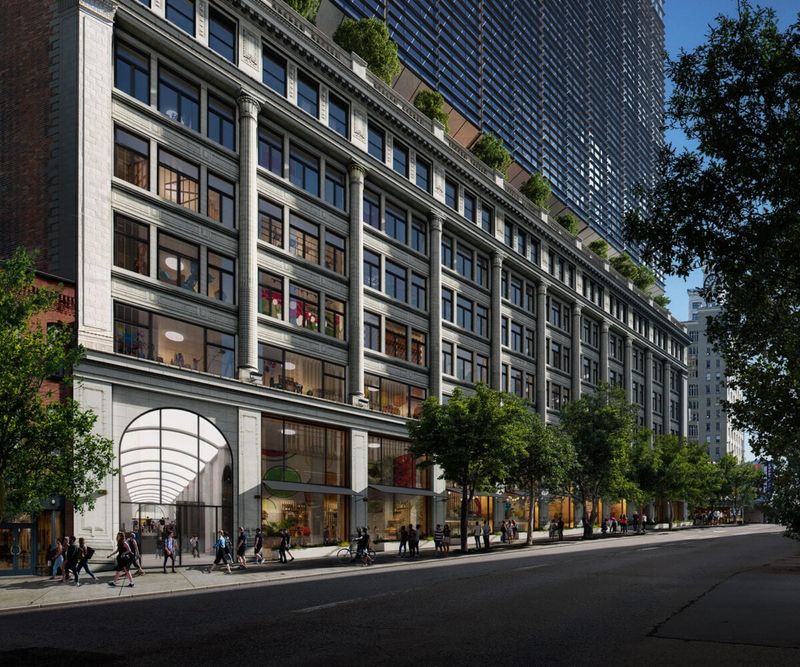Hudson’s Bay Company, once a powerful trading empire that shaped North America, is now facing possible extinction.
Founded over 350 years ago, this historic company controlled vast territories and evolved from fur trading into a retail giant.
Now with just a handful of stores remaining and bankruptcy looming in 2025, let’s explore how this Canadian icon went from ruling an empire to fighting for survival.
1. Royal Beginnings
King Charles II granted Hudson’s Bay Company its royal charter in 1670, making it the oldest incorporated joint-stock company in the English-speaking world. This royal blessing gave the company extraordinary powers.
The charter authorized HBC to trade and colonize the entire Hudson Bay watershed, an area spanning roughly 1.5 million square miles. For perspective, that’s roughly 40% of modern Canada’s landmass.
2. Fur Trade Empire
Beaver pelts fueled HBC’s early fortune. These luxurious furs were transformed into fashionable hats across Europe, creating insatiable demand for North American beaver.
Native trappers would exchange furs for blankets, guns, kettles, and beads at HBC trading posts. The company established a standardized currency called “Made Beaver” – the value of one prime adult beaver skin – creating their own economic system in the wilderness.
3. Continental Control
At its height, Hudson’s Bay Company controlled Rupert’s Land – a territory spanning 3.9 million square kilometers. This vast domain represented about one-third of modern Canada’s landmass!
The company functioned as a de facto government, establishing laws, maintaining order, and managing resources. HBC employed explorers to map uncharted territories, gradually expanding their commercial empire into the Pacific Northwest and Arctic regions.
4. City Foundations
Many major Canadian cities sprouted from humble Hudson’s Bay trading posts. Winnipeg grew around Fort Garry, while Edmonton, Victoria, and Calgary all began as company outposts.
These strategic locations were chosen for their access to water routes and proximity to Indigenous trading partners. The company built sturdy forts with trading rooms, warehouses, and living quarters.
These commercial hubs eventually attracted settlers, forming the nuclei of future urban centers.
5. Iconic Blankets
The multi-striped point blanket became HBC’s most recognizable symbol. First traded in 1780, these wool blankets featured colored stripes and small black lines or “points” that indicated size and price.
Indigenous peoples prized these blankets for their warmth and water-resistance. Traders would dramatically unfold them to display their quality.
Today, these distinctive green, red, yellow, and indigo stripes remain an instantly recognizable Canadian icon.
6. Currency Creators
Hudson’s Bay created its own monetary system in the wilderness. Brass tokens called “Made Beaver” served as the standard currency throughout their trading empire.
One Made Beaver equaled the value of a prime adult beaver pelt. All goods were priced accordingly – a gun might cost 10 Made Beaver, while a kettle might cost 3.
This standardized system enabled commerce across vast territories where conventional money was scarce.
7. Retail Transformation
As fur trading declined in the early 1900s, HBC reinvented itself as a retail powerhouse. The company opened its first department store in Winnipeg in 1881, featuring multiple floors of merchandise.
This bold pivot saved the company from obsolescence. Grand HBC department stores soon anchored downtown shopping districts across Canada.
By the mid-20th century, Hudson’s Bay had fully transformed from wilderness trading posts to urban retail palaces.
8. Retail Expansion
Hudson’s Bay embarked on an ambitious acquisition spree in the early 2000s. The company purchased upscale American retailer Saks Fifth Avenue for $2.9 billion in 2013, hoping to capitalize on luxury retail.
HBC also acquired German department store chain Galeria Kaufhof and discount retailer Gilt Groupe. These bold moves were intended to create a global retail empire.
Unfortunately, these expensive acquisitions would later contribute to the company’s mounting debt problems.
9. Failed Discount Venture
Zellers represented HBC’s attempt to compete in the discount retail space. Acquired in 1978, this chain of red-fronted stores offered everyday low prices and became a Canadian shopping staple.
At its peak, Zellers operated nearly 350 locations across Canada. The chain featured the beloved mascot Zeddy Bear and restaurants called “Zellers Family Restaurants.”
Target’s entry into Canada in 2011 spelled doom for Zellers, with most locations closing by 2013.
10. Digital Disruption
E-commerce revolutionized retail, leaving HBC struggling to adapt. Online giants like Amazon offered convenience and selection that brick-and-mortar stores couldn’t match.
The company launched its online platform too late and invested too little. While competitors embraced digital transformation, HBC remained anchored to its physical stores.
Changing consumer habits further eroded foot traffic, as younger shoppers increasingly preferred online shopping to department store visits.
11. Pandemic Devastation
COVID-19 dealt a crushing blow to Hudson’s Bay’s already fragile business. Mandatory store closures during lockdowns eliminated in-person shopping for months, while fixed costs like rent continued accumulating.
Even when stores reopened, cautious consumers avoided crowded indoor spaces. The company’s inadequate online presence couldn’t compensate for plummeting in-store sales.
This perfect storm accelerated HBC’s decline, pushing the historic retailer toward bankruptcy.
12. Massive Downsizing
From a network of hundreds of stores across Canada, Hudson’s Bay has shriveled to just six remaining locations. Once-bustling flagship stores in downtown cores have shuttered one by one.
The company closed its historic Winnipeg store in 2020 after 94 years of operation. Edmonton’s downtown location followed in 2021, ending 108 years of continuous business.
These closures left gaping holes in city centers and eliminated thousands of retail jobs.
13. Bankruptcy Countdown
A Canadian judge has given Hudson’s Bay until early May 2025 to avoid complete liquidation. The company must present a viable restructuring plan or face extinction after 355 years of continuous operation.
HBC has accumulated approximately $2.4 billion in debt, making recovery extremely challenging. Creditors are growing increasingly impatient with the company’s turnaround promises.
This court-supervised process represents the company’s last chance at survival.
14. Real Estate Empire
While Hudson’s Bay’s retail operations faltered, its real estate holdings became increasingly valuable. The company owns prime properties in downtown locations across Canada, worth billions collectively.
In 2019, HBC sold its iconic Lord & Taylor flagship building in Manhattan for $850 million. More recently, the company has explored converting former department stores into mixed-use developments.
These property assets may ultimately prove more valuable than the retail business itself.
15. Historical Archives
The Hudson’s Bay Company Archives represent one of North America’s most significant historical collections. Housed at the Archives of Manitoba, these records document 350+ years of commerce, exploration, and Indigenous relations.
The collection includes 4,000 feet of textual records, maps, photographs, and artifacts. UNESCO recognized these archives as a Memory of the World treasure in 2007.
These irreplaceable documents preserve the company’s legacy regardless of its business fate.
